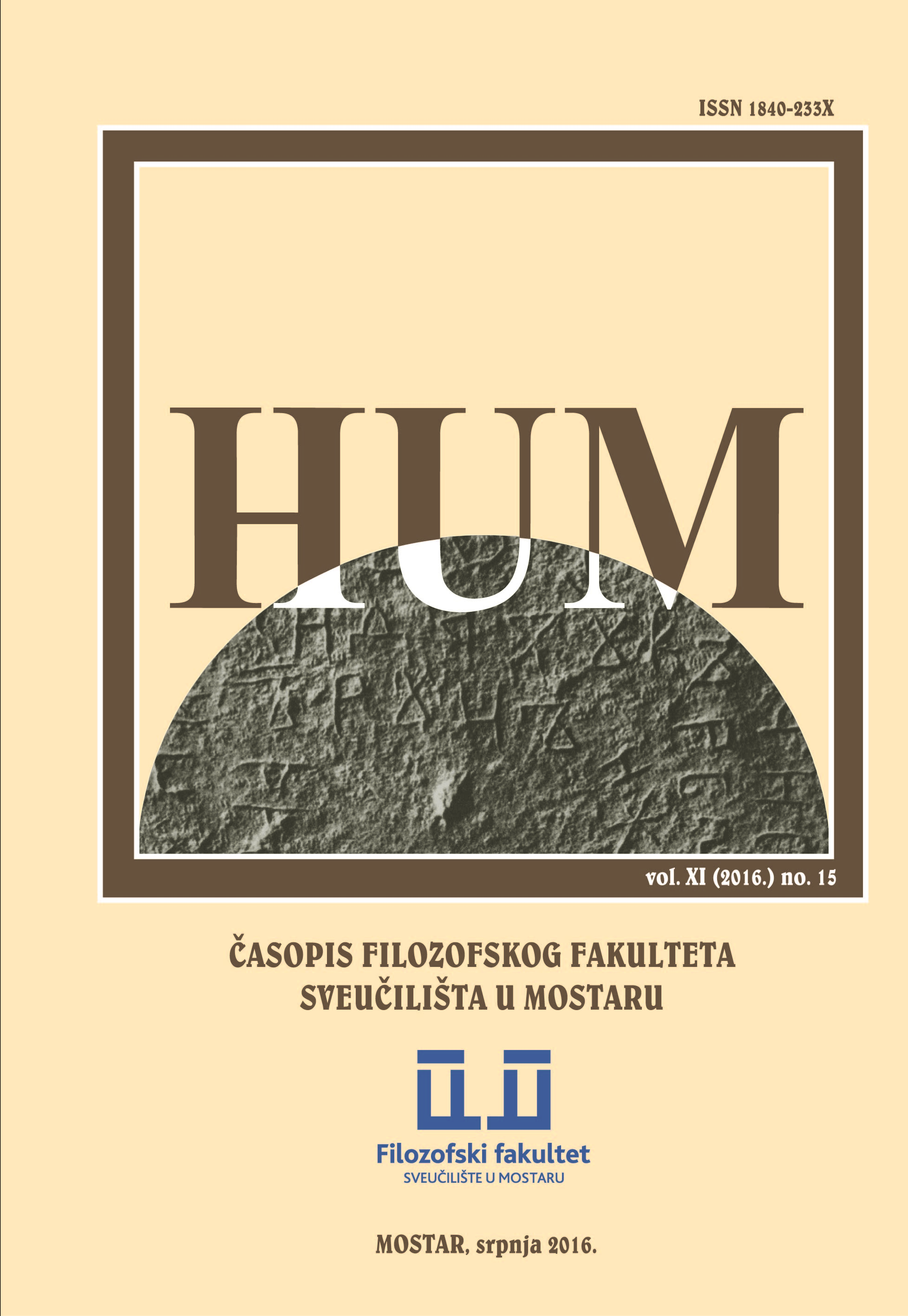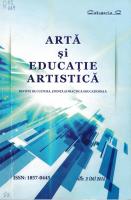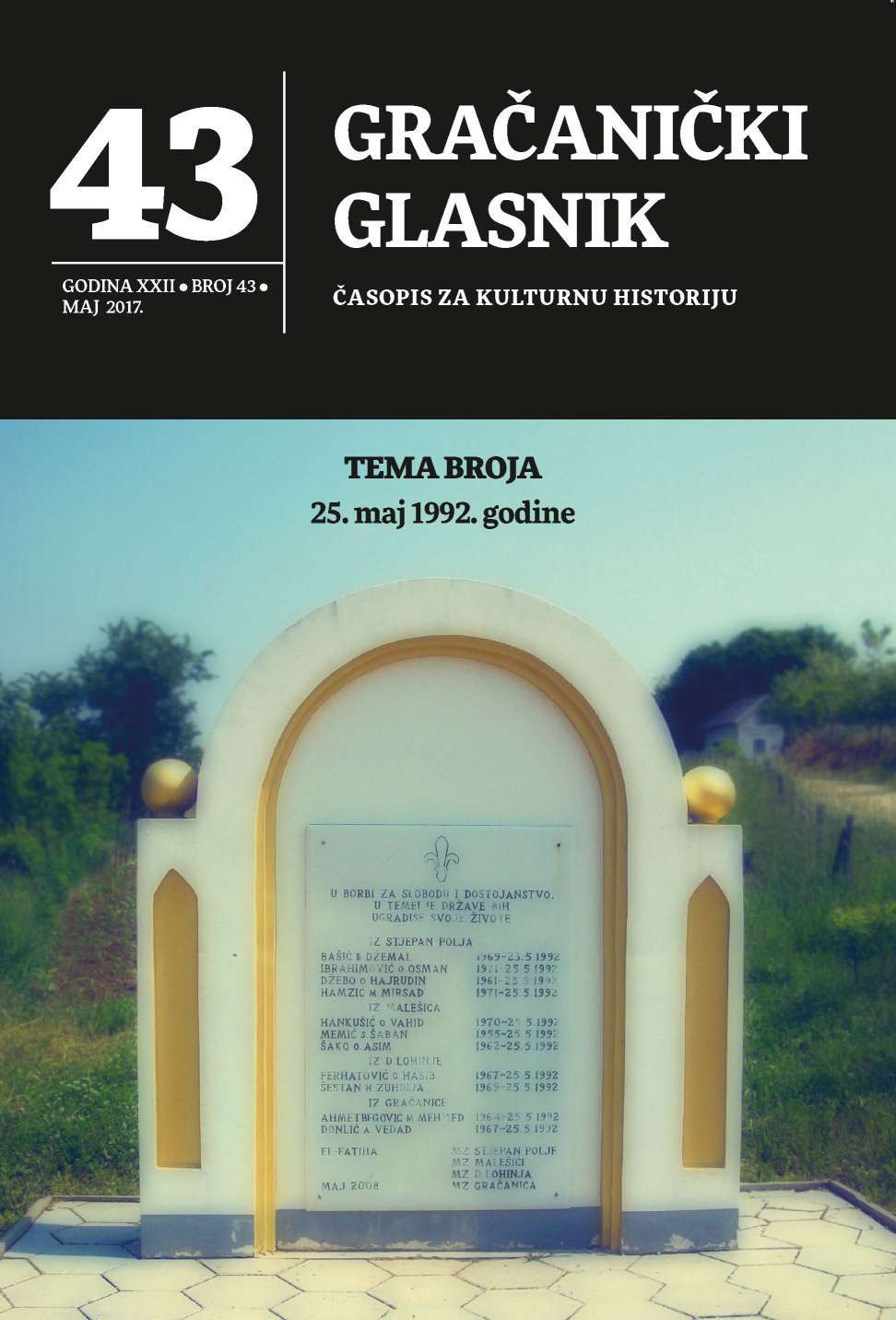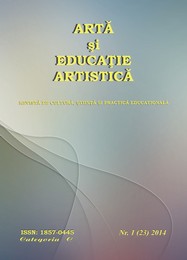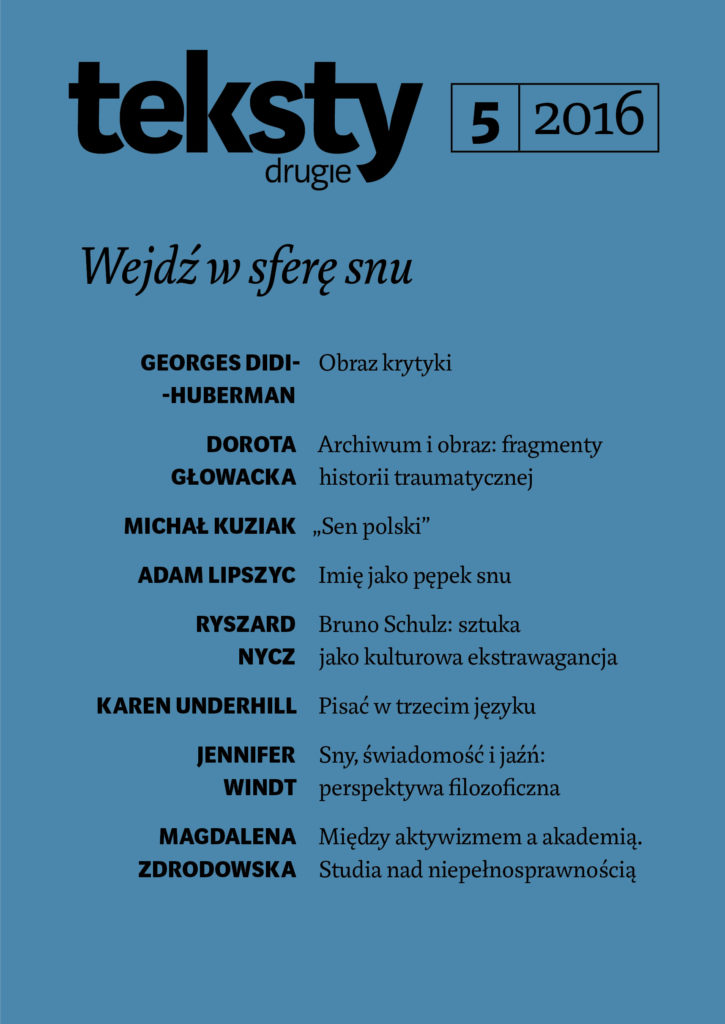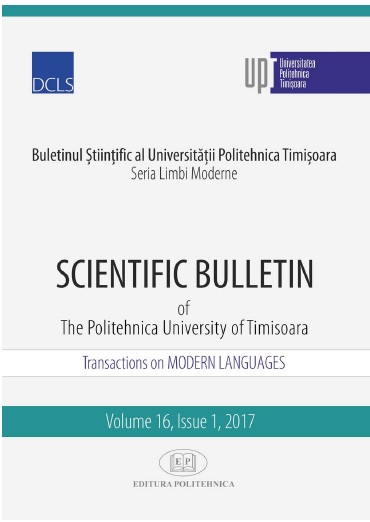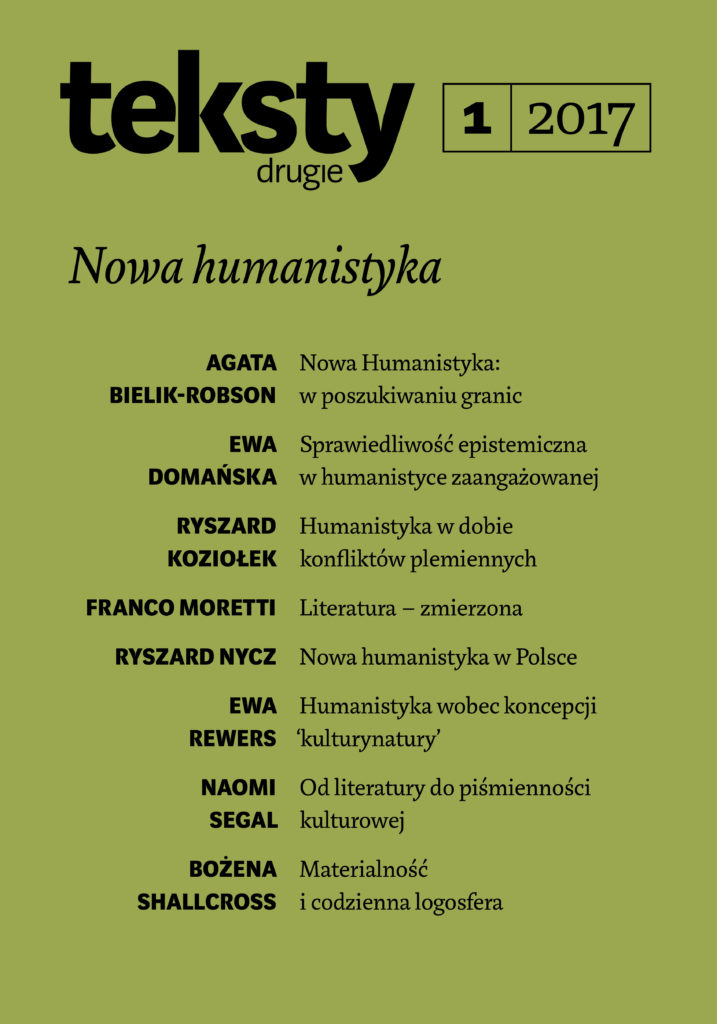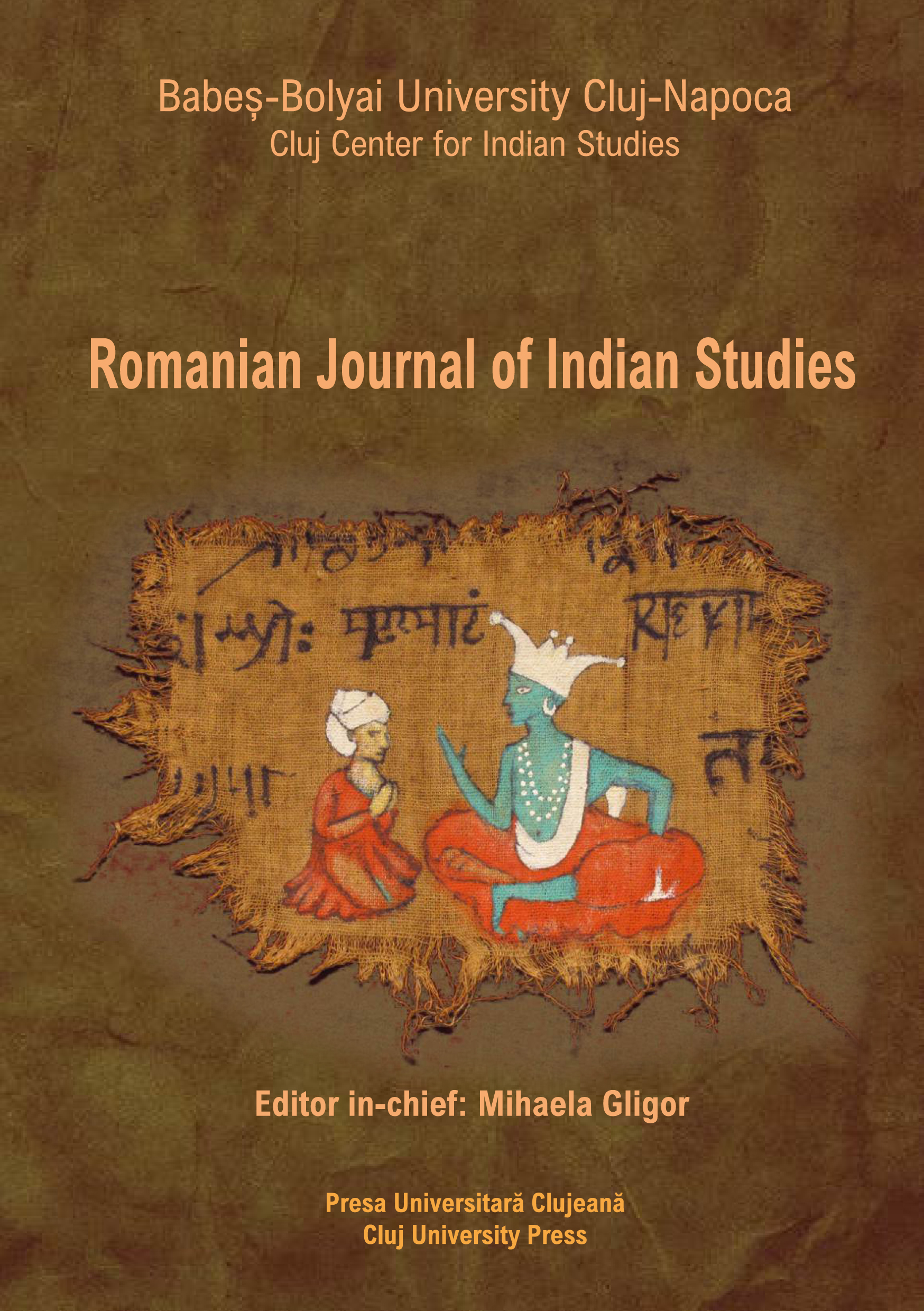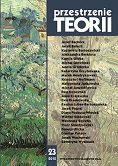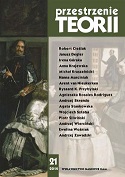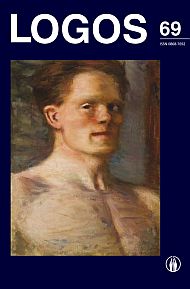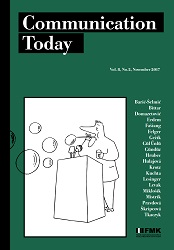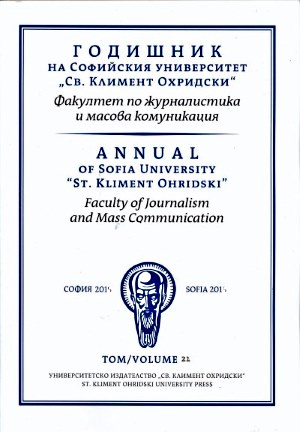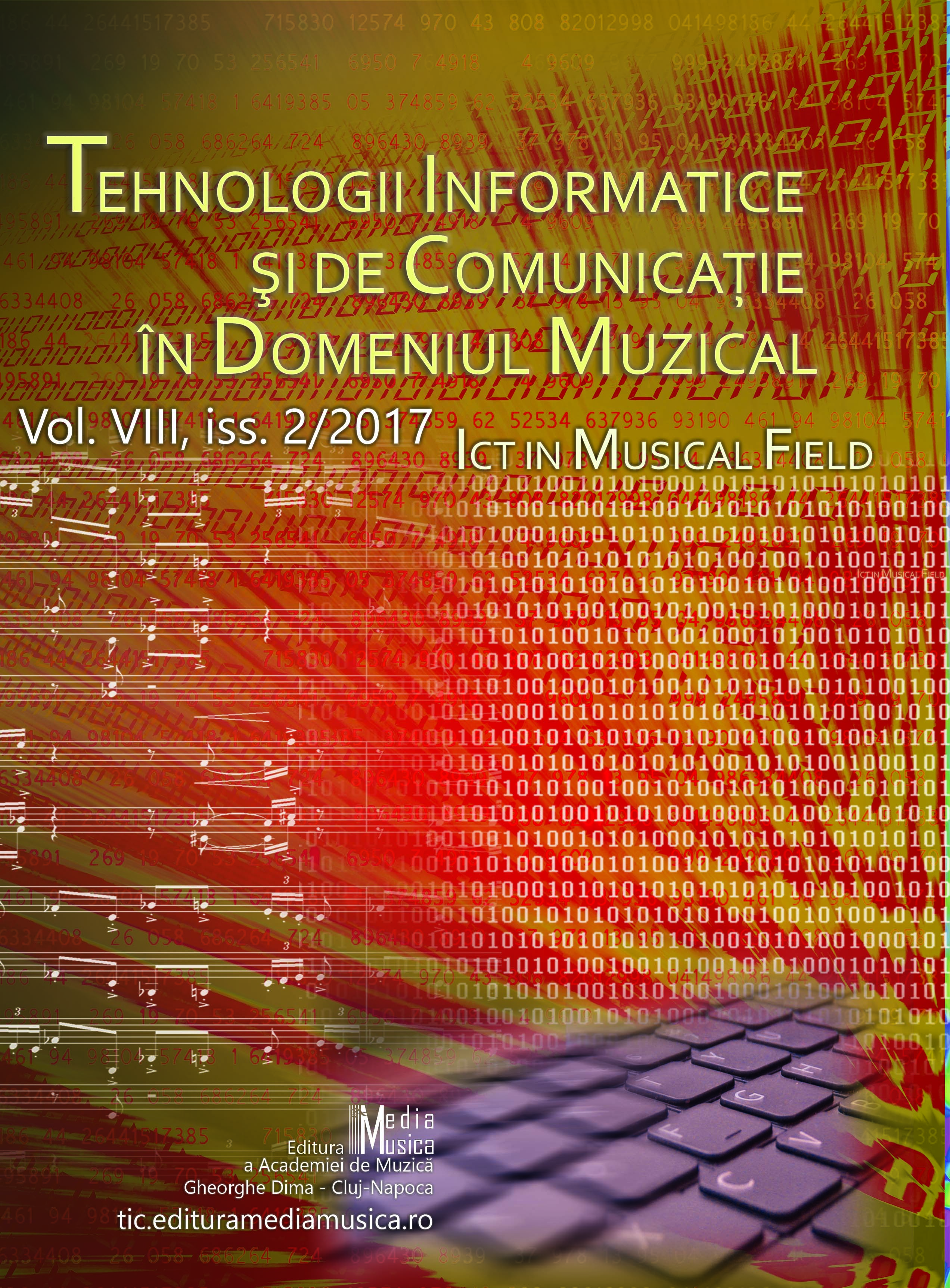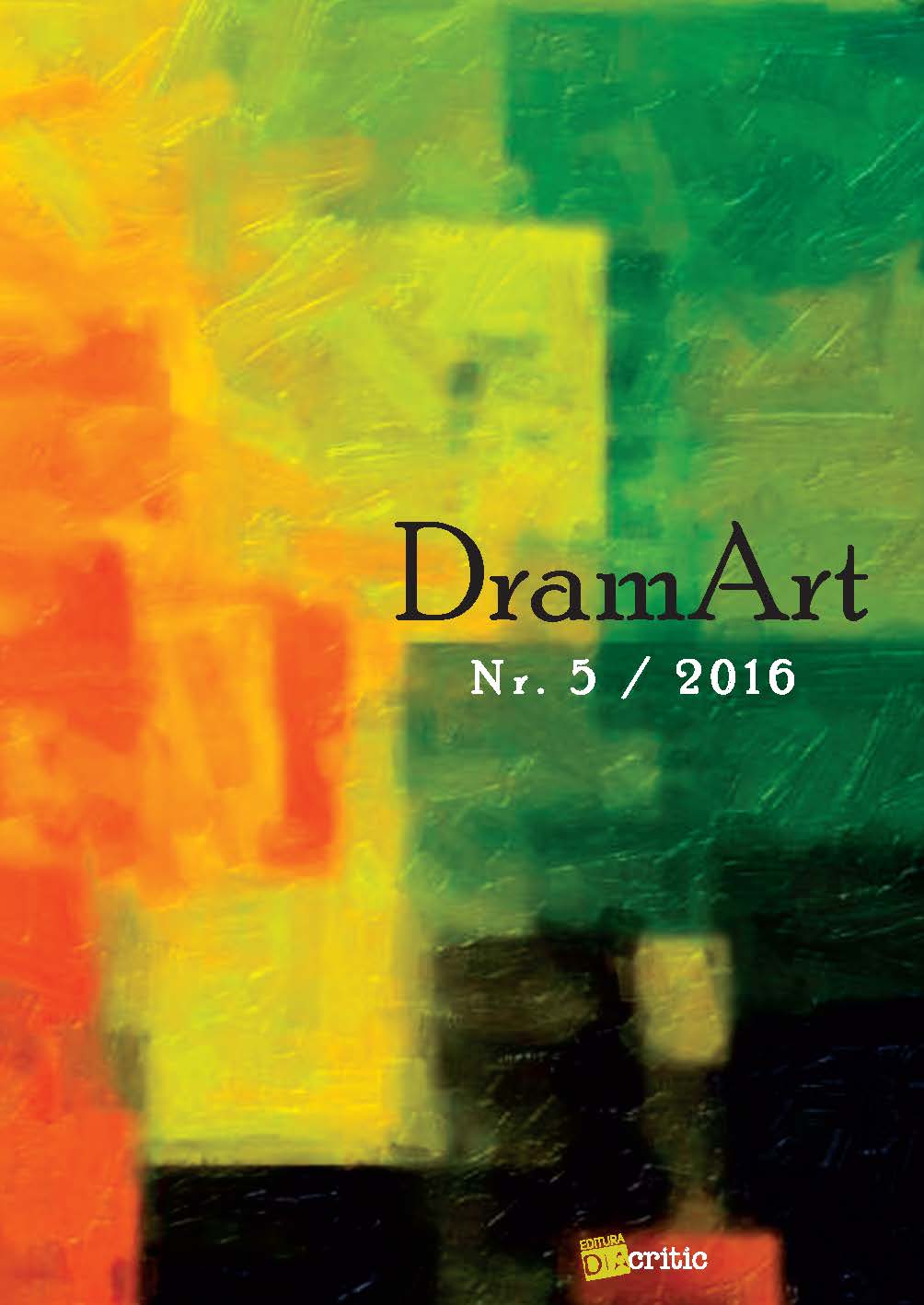Author(s): Yasmina Kryvushenko / Language(s): Ukrainian
Issue: 1/2014
The article is devoted to actual issues of contemporary art, namely the analysis of embodiment of Louis XVI style in interiors of the XVIII century, modern interiors, as well as its formation and development, and art history, for example, porcelain products of Sèvres manufactory of the XVIII century, during the reign of Louis XVI.The concept of identity is present in both art history, architecture and design. Any style can be manifested in three aspects. Field of their impact on the viewer developes in different means of expression and in excellent toolkit in common artistic language namely products of Sèvres Porcelain Manufactory of XVIII century in Louis XVI style are found in many palaces in the world. They represent a style of the same name that came to European countries with fashion at all French. Unfortunately the French Revolution of 1789 brought a change in government and changes in the artistic life, not allowing the style of Louis XVI to develop and left him as a kind of memory of the royal times.The style of Louis XVI is quite widespread in Europe, so its elements are met in the most famous palaces all over the world. We meet valuable Sevres porcelain manufactory objects in the royal castle Rothschild in Britain, a pair of vases for interior decoration, night pots, sets dejeuner and others. Huge collection was by gathered Britain King Henry IV. It is the most sophisticated and most expensive precious collection of porcelain, Designed for intimate use (dejeneur, cups and saucers ) and huge vases that served for decor, giving to interiors a theatrical and solemn mood [12].Over time, the style of Louis XVI became certain metamorphosis being used in the interior. It is divided into a vintage – provace, used mainly for buildings outside the city and it is typical for the preservation of classical forms in the style of Louis XVI, using inexpensive materials. Another manifestation of it is the kind of luxury – lavish palaces, built in the last century, people continue to gather for celebrations, and so adorned at the appropriate level. For example, recently distributed fashion for this style – in particular, we can see the band Sevres porcelain in the Russian Kremlin. Sevres porcelain has become an emblem of its time and of royal status, so it often becomes a cherished part of high level public and private collections, and also decorated private apartments and rooms.Ukrainian Public collections not comprise a large number of units of products, especially those that can be attributed to the style of Louis XVI . Private collectors are not willing to disclose , and the story keeps a certificate of destruction of cultural monuments later, the October Revolution, which greatly reduced the number of cultural values. So Gaile K. writes in "Protection of the Winter Palace": "Last defenders reported that the palace completely busy ... hrabuyetsya valuable historic property, tear the walls of tapestries, Sevres porcelain beat expensive ...". Unfortunately , this situation in Ukraine was global and preservation of cultural and historical and artistic treasures was almost impossible.Collectors of all time has always sought to bring to his most significant collections of masterpieces of world art. Products Sèvres Porcelain Manufactory allow both contribute to the beauty, but also get a thing that is produced by royal request and was the personification of all the stylistic features of the relevant time.In the XVIII century. fashion to interiors asking kings. The bourgeoisie imitated the style of the interior, trying to give it the best possible grace. In modern France, tends to play styles of past eras in the design of the apartments. Although it is a common trend is not an imitation of the royal style of the XVIII century. Or more so -called style " Provence " , due to lower prices and therefore more popular.Characteristic of this is the use of interior furniture XVIII century. or nineteenth century, because in these ages have much in common . The furniture and decor items to create the style of Provence , usually purchased at antiques markets or in shops that offer its imitation. The main focus of the style of Louis XVI – starovynnist , sometimes excessive , rendering objects old charm, attraction to vintazhnosti use of specific forms of the time, their refinement [17].The guiding theme of the XVIII century, was the style of Louis XVI, his features are a large number of parts, the use of elements such as volutes medallions and imitation of natural forms. Also, it is inherent in the desire to preserve harmony between form and color, softening the overall feel of the interior, refinement and elegance shapes, lots of light, lots of space filling parts [15].Each subject , taken from the rest of the interior is also reflected in itself all the features of the style of Louis XVI, were no exception and porcelain. Instead, they embody in themselves the greatest number of all possible elements of this style. The most striking creations of porcelain objects were then Sèvres porcelain manufactory, which belonged to the French King Louis XVI.
More...
